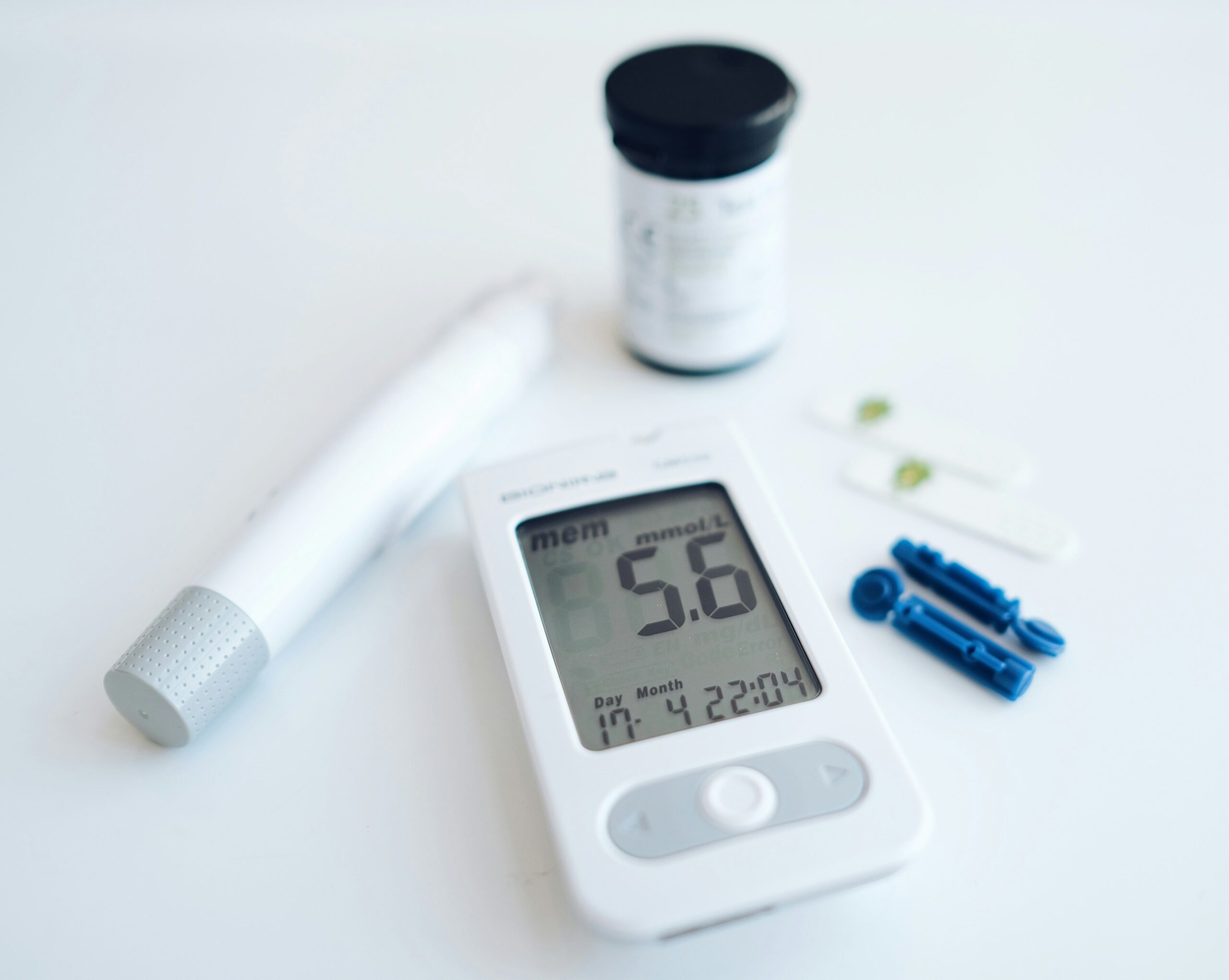A medical condition known as acidosis results from an overabundance of acid within the body's inner liquids, which actuates a move to an acidic environment. A pH level that goes astray from the standard extent of 7.35 to 7.45, which signifies the acidity or alkaline nature of blood, comes about in an acid-base imbalance.
Seven is arranged within the center of the neutrality range, which ranges from 14. Numerical values that surpass 7 demonstrate alkalinity, whereas values less than 7 suggest acidity. Indeed, minor adjustments can notably impact our physiological frameworks, as they are exceedingly helpless in achieving this balance.
Metabolic and respiratory acidosis are the two most prevalent forms of intense acidosis. Metabolic acidosis may be caused by the kidneys' overproduction of acid or a deficient acid filtration capacity. Respiratory acidosis results from lacking carbon dioxide clearance, which leads to acid accumulation within the lungs. Each person has a particular etiology and requires a treatment methodology custom-fitted to their particular needs. Mindfulness of these varieties is basic for viable administration.

Acidosis could be a prevalent condition. In truth, it could be a joint event in healing center settings, especially among sickly patients. Consider a person who is encountering peritonitis, diabetic ketoacidosis, or kidney failure. Metabolic acidosis may be a condition that emerges when a living being produces an intemperate amount of acid or when the kidneys are incapable of expelling a satisfactory amount of acid from the body.
Alternately, patients with unremitting obstructive pulmonary disease (COPD) often illustrate respiratory acidosis. This individual's corrosiveness is advanced and exacerbated by their lungs' failure to kill carbon dioxide. It moreover occurs in occasions of respiratory capture or illnesses that hinder the respiratory muscles.
Different age bunches may create acidosis. In any case, certain populations are more vulnerable than others, apparently as a result of environmental components or preexisting medical conditions. Acidosis, especially in its beginning stages, can be beguiling. Indications can be hidden or confused as those of other therapeutic conditions, making them basic to ignore. Subsequently, it is basic that both doctors and patients stay watchful and comprehend the circumstances.
The convoluted etiology of acidosis can be isolated into two categories: metabolic acidosis and respiratory acidosis. Although they start from unmistakable pathways, the previously mentioned categories result in an overly acidic body.
A predominant condition called metabolic sharpness is either an intemperate generation of acid, deficiently acid excretion, or a considerable lessening in bicarbonate, the body's normal acid buffer. Intemperate ketone generation is the result of deficient affront in diabetic ketoacidosis (DKA), which contributes to acid over-burden. Lactic acidosis results from an aggregation of lactic acid due to serious respiratory issues or hypoxia. Chronic kidney disease![]() (CKD) is regularly accelerated by the kidneys' failure to dispense with acid viably. Furthermore, acidosis may result from consuming bicarbonate levels by extremely loose bowels.
(CKD) is regularly accelerated by the kidneys' failure to dispense with acid viably. Furthermore, acidosis may result from consuming bicarbonate levels by extremely loose bowels.
Respiratory acidosis is characterized by the lungs' failure to oust carbon dioxide viably. That can be caused by disorders such as COPD, characterized as airway hindrance. Intense infections, such as respiratory failure, can also cause aspiratory acidosis. Moreover, respiratory muscle variations from the norm, including strong dystrophy and amyotrophic lateral sclerosis (ALS), can result in respiratory trouble and acid excretion. Another figure that influences the brain's respiratory centers is the intemperate utilization of tranquilizers.

An individual's side effects of acidosis depend on their general well-being, fundamental cause, and particular acidosis. The early signs of acidosis are mostly ignored until the malady propels, as they are, to some degree, vague and inclined to be mixed up for other restorative clutters.
Quick breath could be a characteristic of metabolic acidosis, a physiological response to the body's exertion to dispense with overflow carbon dioxide. Other concerns incorporate weakness, confusion, and a common feeling of anxiousness. Without treatment, it can lead to stun, coma, or even passing. Side effects of diabetic ketoacidosis![]() incorporate expanded recurrence of pee, dyspnea, and stomach torment as the body looks to evacuate excess glucose and ketones.
incorporate expanded recurrence of pee, dyspnea, and stomach torment as the body looks to evacuate excess glucose and ketones.
The nearness of respiratory acidosis is frequently connected to respiratory trouble, which shows as wheezing, shortness of breath, and the recognition of lacking breathing. Raised levels of carbon dioxide can lead to weakness and perplexity. Disabled awareness can lead to genuine results. Unremitting respiratory acidosis may show in less self-evident indications such as morning headaches, rest troubles, and determined exhaustion.
Failure to expeditiously treat acidosis can lead to genuine and, sometimes, deadly results. The transcendent determinant of acidosis's impacts is the fundamental cause, whether metabolic or respiratory.
Due to either sort of acid harmfulness, the life form may endure considerable harm. Extreme acidosis can impede heart work by significantly diminishing cardiac yield and hence driving down blood weight. As a result of the respiratory framework getting overpowered, muscle depletion and respiratory failure may also happen. Moreover, acidosis can cause cognitive disability, coma, or stun by affecting the neurological framework.
The kidneys are frequently the essential organs most affected by metabolic acidosis. Determined acidosis can worsen the seriousness of unremitting renal illness and lead to kidney failure. Diabetes mellitus compounds the hazard of genuine heartbeat unsettling influences, driving to unsafe potassium awkwardness.
Accurately determining acidosis might call for a multimodal technique combining clinical evaluation, research facility investigation, and imaging. First, a total restorative history and physical examination are performed to determine the precise kind and cause of acidosis.
In specific, serum electrolytes are significant in cases of metabolic acidosis. By implying bicarbonate, salt, and chloride estimations, one can distinguish between acidosis brought on by the consumption of bicarbonate or by unquantified acids. A lifted anion crevice shows the presence of unmeasured acids, as appeared in cases of lactic acidosis or diabetic ketoacidosis. Typical extended anion crevices show a bicarbonate shortfall, as a rule, brought on by the runs or renal tubular aciduria.
When lactic acidosis is suspected, lactate levels are evaluated numerically. Rising readings point to anaerobic metabolism, ordinarily brought on by sickness, intense shock, or hypoxia. Measuring blood glucose and ketone levels makes a difference in confirming the presence of diabetic ketoacidosis and evaluating its degree.
Respiratory acidosis and pulmonary function testing, as well as expansion to arterial blood gas (ABG), help recognize basic lung limitations. These tests assess the lungs' capacity to support breathing in and out, subsequently directing the conclusion of infections, including COPD. The lungs are checked for any physical surrenders or diseases likely to be the source of respiratory acidosis utilizing computed tomography (CT) checks or bronchial radiography.
Comprehensive observation of blood gasses, electrolytes, and other pointers is significant in distinguishing early acidosis and anticipating results in chronic conditions, counting renal or aspiratory infection.
The fundamental etiology and degree of the issue will direct a customized approach utilized in acidosis treatment. Normally requiring a combination of strong mediations, lifestyle alterations, and restorative treatment, the most objective is to reestablish the acid-base imbalance and illuminate the basic cause.

Adjustment of the acid-base lopsidedness depends on the basic cause of metabolic acidosis being treated. Affront is exceptionally critical in diabetic ketoacidosis in lessening blood glucose levels and avoiding ketone synthesis. In diabetic ketoacidosis, liquid substitution treatment is frequently utilized to supplant misplaced liquids and reestablish electrolyte balance—especially potassium, which often decays.
Extreme metabolic acidosis, particularly when the pH goes below 7.1 or when the entity has another basic condition, such as heart failure or a major disease, that exasperates the acidosis, is encouraged to be treated with bicarbonate![]() . Still, it postures major dangers and must be ceaselessly checked to avoid more lopsided characteristics or a concerning increment in intracellular acidity.
. Still, it postures major dangers and must be ceaselessly checked to avoid more lopsided characteristics or a concerning increment in intracellular acidity.
One of the destinations of treating lactic acidosis is to make strides in the bloodstream and oxygenation, subsequently bringing down lactic acid generation. These medicines can include drugs, oxygen treatment, or liquid revival to raise cardiac yield and return blood weight to ordinary. Successful administration of sepsis-induced lactic acidosis depends on antibiotics and strong care to assist the contamination and halt advanced acid aggregation.
By following dietary changes implied to lower acid intake—that is, by cutting protein intake and dodging high-acid meals—you can very successfully manage persistent renal sickness. Also, oral bicarbonate pills are utilized to lower causticity and shield the kidneys from further damage.
The objectives of treating lung acidosis are to move forward breathing and get freed of additional carbon dioxide. When respiratory failure is exceptionally awful, programmed ventilation may be required to assist the individual in breathing and getting their blood gas levels back to normal. The settings on the respirator are carefully chosen to allow sufficient discussion without making lung harm more regrettable.
Bronchodilators and steroids help individuals with chronic respiratory acidosis, like COPD, by diminishing irritation within the aviation routes and improving how well their lungs work. Individuals who have determined hypoxia may have to continue oxygen treatment for a long time to prevent their symptoms from getting worse.
Non-invasive ventilation![]() (NIV), moreover known as nonstop positive airway pressure (CPAP) or bilevel positive airway pressure (BiPAP), is being utilized increasingly to treat constant respiratory acidosis. That's particularly genuine for individuals with COPD or muscle infections. Non-invasive ventilation (NIV) is particularly supportive for individuals who, as of now, have breathing issues since it brings down carbon dioxide levels and moves forward breathing capacity without intrusive surgery.
(NIV), moreover known as nonstop positive airway pressure (CPAP) or bilevel positive airway pressure (BiPAP), is being utilized increasingly to treat constant respiratory acidosis. That's particularly genuine for individuals with COPD or muscle infections. Non-invasive ventilation (NIV) is particularly supportive for individuals who, as of now, have breathing issues since it brings down carbon dioxide levels and moves forward breathing capacity without intrusive surgery.
Changing how you live and getting the medical care you wish will assist you in handling acidosis appropriately. Smokers who have COPD or heart failure ought to stop on the off chance that they need to moderate the advance of their illnesses and move forward with their lung work. A solid weight loss, a solid slimming, and a standard workout are all things that can help individuals maintain a strategic distance from acidosis. Persistent illnesses that can cause acidosis can also be overseen.
Individuals who have chronic kidney disease ought to check their blood sugar and blood weight regularly and eat as their specialists tell them to keep their kidneys solid and lower their chance of acidosis. To have the most excellent conceivable result, one must learn to recognize the indications and signs of acidosis, take their medicines as endorsed, and keep their follow-up arrangements.
Individuals who have long-term conditions that cause acidosis require passionate and social offer assistance more than anything else. That can incorporate giving individuals knowledge, setting up bolster bunches, and counseling to assist them in bargaining with their sicknesses and improve their lives.